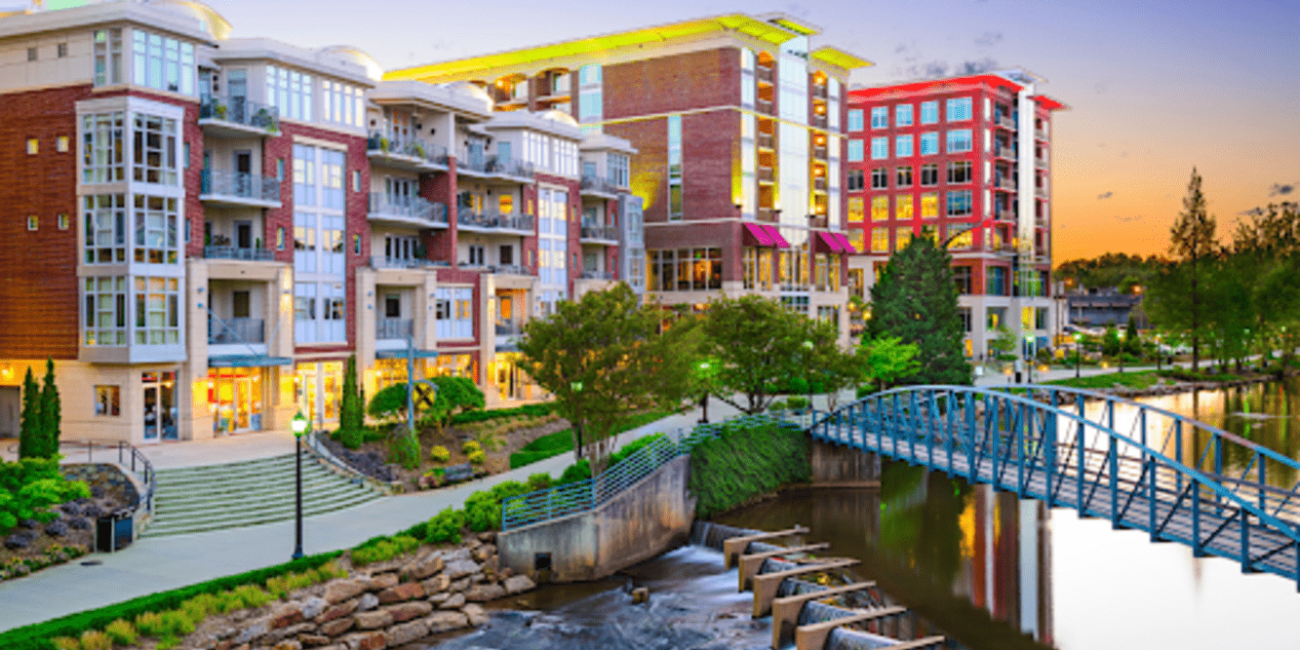South Carolina’s vibrant economy and growing business landscape have made it an attractive destination for entrepreneurs and investors looking to establish their commercial presence. From the historic charm of Charleston to the bustling streets of Columbia, this southeastern state offers a diverse range of opportunities for building commercial edifices.
In this blog, we’ll take you on a journey through the process of constructing commercial buildings in South Carolina, from the initial blueprint to the final business venture. Let’s explore the intricacies of this fascinating journey.
1. Conceptualization and Planning
The journey of building commercial edifices in South Carolina begins with a vision. Entrepreneurs, investors, and developers brainstorm ideas and assess the market demand. This phase involves thorough research and feasibility studies to determine the viability of the project. From choosing the right location to understanding zoning regulations and environmental considerations, every detail is meticulously analyzed to ensure a successful venture.
2. Architectural Design
Once the concept is solidified, the next step is to create the blueprint that will bring the vision to life. Architects and designers collaborate with the project stakeholders to draft detailed plans that encompass the building’s layout, aesthetics, and functionality. These designs are crucial for obtaining necessary permits and approvals from local authorities.
3. Permitting and Regulations
Navigating the regulatory landscape is a critical aspect of building commercial edifices in South Carolina. Developers must adhere to zoning ordinances, building codes, and environmental regulations. Securing the required permits and approvals can be a complex process, but it is essential for ensuring the project’s legality and safety.
4. Construction Phase
With the plans in place and permits obtained, construction can commence. The Myrtle Beach construction industry, known for its skilled workforce and state-of-the-art equipment, plays a pivotal role in bringing commercial projects to fruition. Builders and contractors work diligently to transform blueprints into tangible structures, using high-quality materials and modern construction techniques.
5. Quality Assurance and Inspections
Throughout the construction phase, rigorous quality assurance and inspections are conducted to ensure that the project aligns with the approved plans and meets all safety standards. These inspections help identify and rectify any issues promptly, ensuring the integrity of the building.
6. Interior Finishing and Amenities
The interior design and finishing touches are equally important in creating a commercial edifice that appeals to tenants and customers. From flooring and lighting to HVAC systems and amenities, attention to detail is crucial for creating a comfortable and inviting environment.
7. Marketing and Tenant Acquisition
As the project nears completion, marketing efforts ramp up to attract potential tenants or buyers. Commercial real estate agents and property managers showcase the building’s features and advantages to secure occupancy agreements, helping turn the structure into a thriving business hub.
8. Grand Opening and Business Operations
Finally, the day arrives for the grand opening of the commercial building. Business owners and tenants move in, and the building begins to serve its intended purpose. Whether it’s retail, office space, or hospitality, a successful commercial edifice contributes to the economic growth and development of South Carolina.
Conclusion
Building commercial buildings in South Carolina is a multi-faceted journey that requires careful planning, adherence to regulations, and collaboration among various stakeholders. From conceptualization to the grand opening, every step is crucial in transforming a blueprint into a thriving business venture. The Myrtle Beach construction industry, renowned for its expertise, plays a significant role in shaping the state’s commercial landscape. As South Carolina continues to grow, the opportunities for creating unique and successful commercial edifices are boundless.



